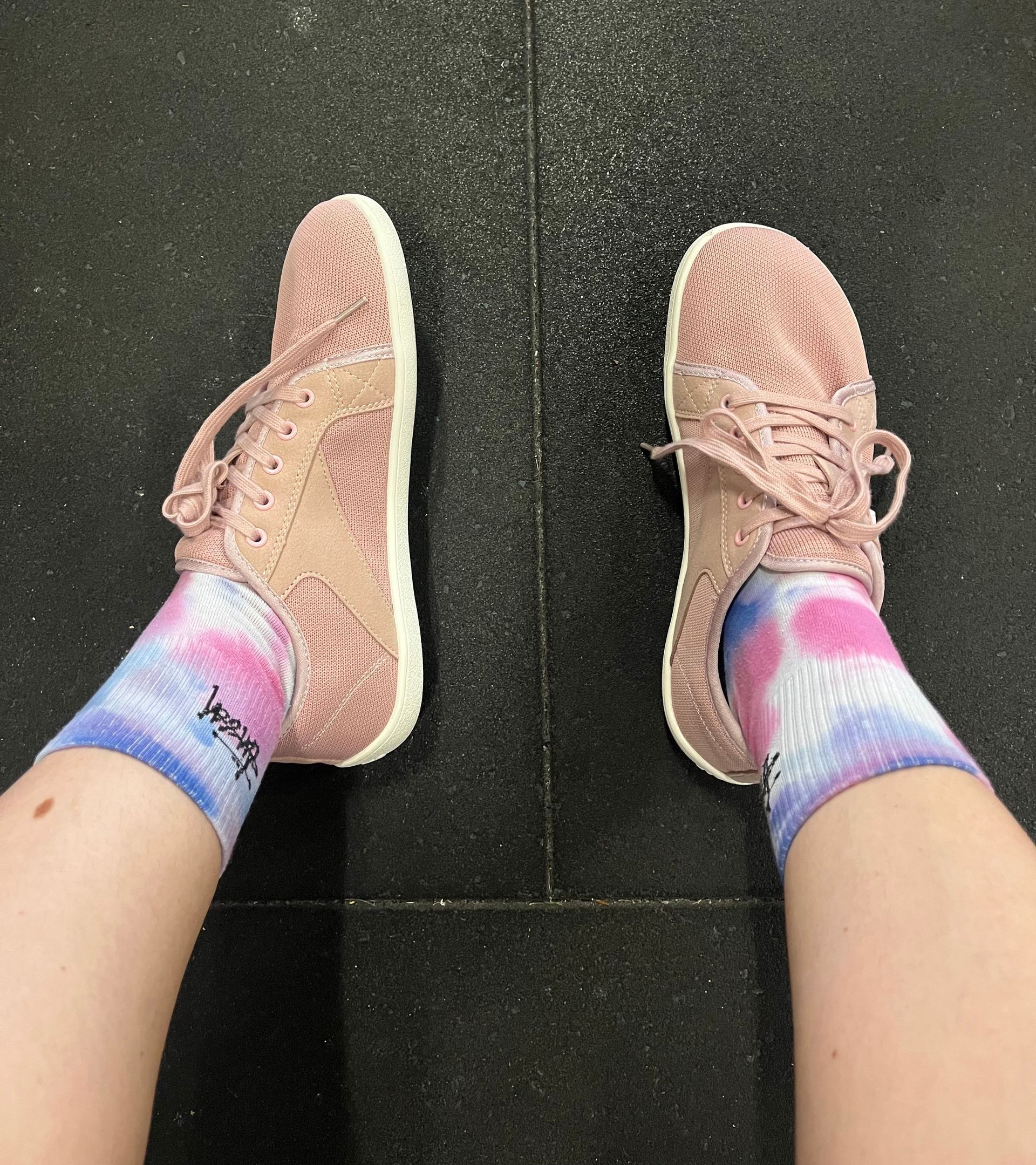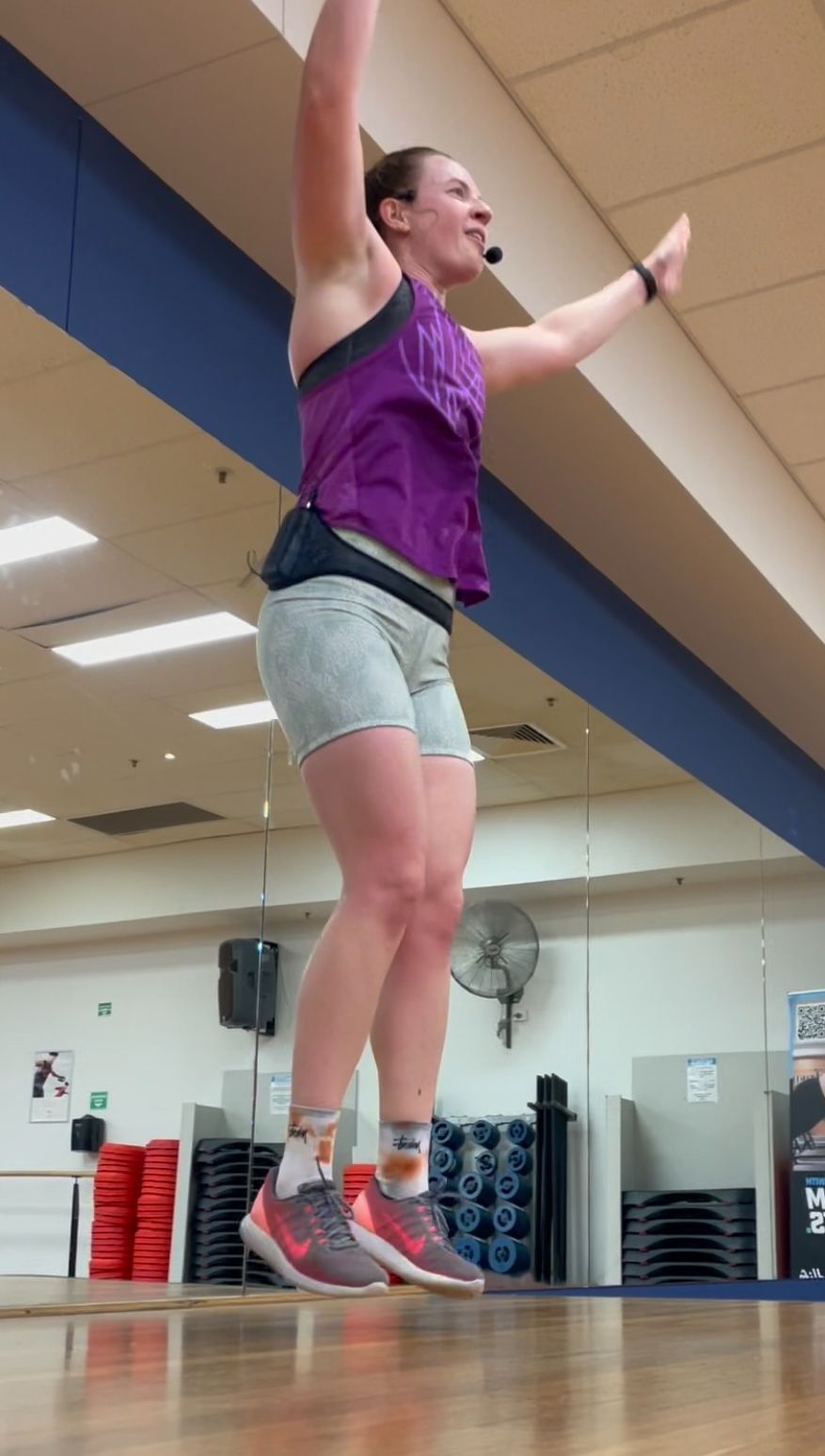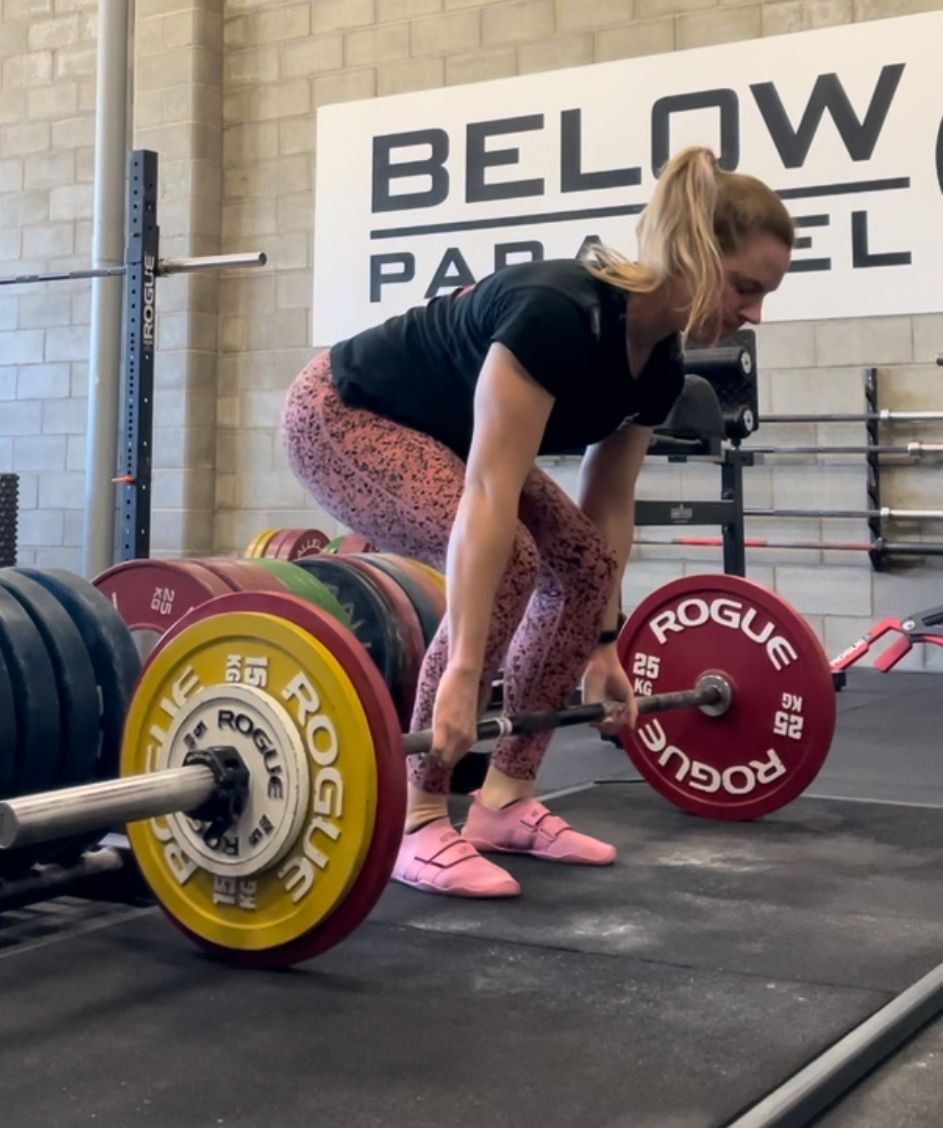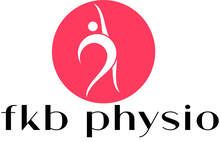What are the best shoes to wear for running, or for the gym?

A common question that comes up for me in the clinic as a physio, as well as in my group strength classes and at my body attack classes is:
What shoes should I be wearing for _____?
First and foremost, I think it is important to mention that there has been a Cochrane systematic review (highest possible level of evidence) that covers this topic, specific to runners and running injuries. This review found that no type of footwear is better than any other in preventing injuries (from running).
You can check out this study here:
https://www.cochranelibrary.com/cdsr/doi/10.1002/14651858.CD013368.pub2/full
Now information like this is often quite difficult to implement in the clinic, because you know as well as I that for you as an individual there will be shoes you have worn that feel GREAT, and others you have worn that feel TERRIBLE. Research is quite poor at reflecting this, and as such it can be easy to disregard. But what I take this to mean is simply that you cannot generalise advice to an entire population (e.g. statements like ‘the best shoes for running are ______’ are likely to not apply to everyone) and rather that what suits you as an individual is more important.
So my first piece of advice is this: choose a pair of shoes that feel really comfortable for you, as this is most likely as accurate a measure of what is going to work for you as anything else that the shoe store person etc might say.
** note: i am not a podiatrist, who are the experts in this space. If you have foot pain or any major issue with your feet then you should consult a podiatrist for more tailored advice. **
Barefoot shoes: are they better for you?
It is true that wearing no shoes, or barefoot shoes, will demand more work of your foot muscles. It can be argued that this is preferable to being reliant on super highly cushioned shoes, and could be better for your feet in the long term.
HOWEVER.
It requires a LOT of time to get used to this type of footwear. Because we spend so much time on our feet, and our entire body weight is resting down upon them, feet are very sensitive to any changes in footwear.
If you do wish to move towards less supportive shoes, it needs to be done extremely gradually.
For example, I used to wear off the counter shoe inserts to work, as I got plantar fasciiopathy immediately upon starting full time work and standing all the time (yes, at 21, lots of things are not a feature of ‘getting old’ but rather of introducing something new too suddenly). I can now tolerate barefoot shoes at work, but I would say it took a number of years to get here, and I still can’t wear barefoot shoes for more than a day or 2 in a row or I will start to feel that tell-tale lump under my foot start to reveal itself again.
A suggestion of how to gradually work your way into less supportive footwear is to have a few pairs of shoes on the go, and swap into the minimalist shoes for just a few hours here and there per week.
If you are thinking of wearing these types of shoes for something more than leisure wear, keep reading for my thoughts.
Shoes for running and other repetitive high impact activities (e.g. aerobic classes such as body attack)
You have probably heard two completely different narratives regarding the best types of shoes for running:
- Shoes with less cushioning are better as they mimic barefoot running which is more natural. This is more likely to reduce injuries in the long term.
- Shoes with more cushioning are better as they support your feet. This is more likely to reduce injuries in the long term.
No wonder people are confused when there are these conflicting types of messages out there!
Wearing barefoot shoes for impact exercise requires magnitudes more strength and conditioning of the foot to be able to handle it, compared to wearing this footwear for leisure only. It is probably preferable to aim for the least supportive shoes you can get away with, to promote as much strength of your feet as possible. This is unlikely to be barefoot shoes for most people, but it may be shoes with a lower drop (less of a steep decline from the heel to the toe) and a bit less cushioning that you have worked your way up towards being able to tolerate.
If you are looking to take up running or another form of high impact exercise for the first time, it could take MONTHS and MONTHS to build up adequate resilience to tolerate minimalist footwear and most people will find that more supportive shoes help support them to take up the new activity more quickly with fewer issues.
Research also indicates that having a couple of pairs of running shoes at once and alternating between a newer pair and an older pair is a great way to reduce your risk of injury, as it is common for something to start hurting as your shoes start to get older. This is not ‘proof’ that supportive shoes are in fact better for you, rather, that running on shoes that are becoming less cushioned is something you body is not used to, and doing lots of mileage in conditions you aren’t used to is often how overuse injuries quickly develop.
Rotating your shoes (e.g. newer shoes for longer and high intensity/speed sessions; older shoes for shorter and slower runs) is a great idea.
You can check out this study here: https://pubmed.ncbi.nlm.nih.gov/24286345/

Shoes for lifting weights
Resistance training is the ideal time to work on your foot strength, which is great, as wearing very flat/minimalist shoes to weight train is also optimal for performance in this domain.
Wearing big, cushioned running shoes for lifting weights is not really advised for a number of reasons.
First of all, it is because it is less stable. Lots of exercises, such as lunges and squats, require lots of ankle stability, and this is much trickier when balancing on a soft 2cm cushion of foam!
Second, highly cushioned shoes do not allow for as much proprioception, i.e. the ability to feel the floor under your foot, something which is necessary for stability and performance. A tip I often use with people is to try and think of the 3 points on their foot (ball of foot, outside of top of foot, and heel of foot), and try to ‘grab’ the floor underneath these 3 points. This is a great way to set up a stable base for exercises such as squats, lunges, or deadlifts, and is much easier when you are able to feel the floor easily.
Third, if you are lifting heavy, pushing down through centimetres of cushioning wastes energy. It is much more efficient to simply drive straight down into the floor to generate force than it is to push through a cushion first.
Fourth, if you are deadlifting, cushioned shoes bring you further away from the floor, meaning you need to reach further down to lift up the bar, which is less efficient.
Finally, using barefoot or minimal shoes while strength training is a great way to improve the strength in your foot in a way that is unlikely to overload it (for most people) as it is not super repetitive or long in duration.
These Saguaro shoes are GREAT value and what I have been using lately:
https://www.saguaro.com/products/luck-1

Caveat
Bear in mind, EVERYONE is different, and some people NEED very supportive shoes and orthotics. As always, it is impossible to cater to all needs in a blog post!
I recommend consulting your physio, EP or podiatrist if you are unsure about any of this and how it relates to you, and as always, this is NOT intended as medical advice.
Take home points
- No shoe is ultimately superior to any other in terms of injury risk reduction
- It is personal preference as to what type of shoes you feel are the most comfortable
- Minimalist/barefoot shoes will take longer to get used to than cushioned shoes
- Cushioned shoes may provide an easier base for getting into high impact exercise
- Flat shoes are likely to be better when lifting weights (for performance)
- Everyone is different and there is no hard and fast right or wrong when it comes to shoes
Thanks for reading,
Frances
Sports & Exercise Physiotherapist

